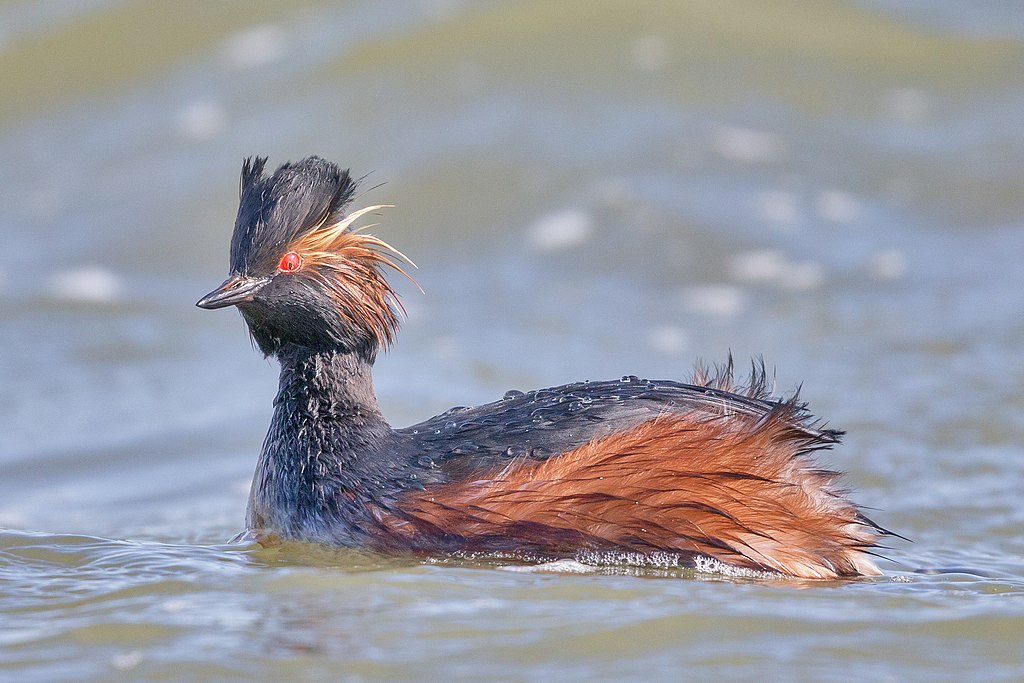Free Courses Sale ends Soon, Get It Now


Free Courses Sale ends Soon, Get It Now



Disclaimer: Copyright infringement not intended.
Context
Black-necked Grebe
Distribution:
Habitat:
Nesting:
Diet:
Migration:
Territorial Behaviour
Disease:
IUCN Status of Black-necked Grebe:
Hokersar Wetland
Threats of Hokersar Wetland:
Urbanization and Encroachment:
Pollution:
Climate Change:
Invasive Species:
Over-Extraction of Resources:
Disturbance from Human Activities:
Addressing these threats requires a comprehensive conservation strategy, involving local communities, government authorities, and environmental organizations. It also emphasizes the importance of sustainable development practices to ensure the long-term health and viability of Hokersar Wetland.
|
PRACTICE QUESTION Q. Consider the following statements: 1.Black-necked Grebe is considered as Critically endangered in the IUCN Red List. 2.Black-necked Grebe is primarily carnivorous, feeding on fish, insects, and crustaceans. 3.Hokersar Wetland is situated in the Jehlum River basin. Which of the above statements is/are incorrect? A) 1 only B) 2 only C) 3 only D) All Answer: A) 1 only |
© 2024 iasgyan. All right reserved